The Problem
James is performing an important experiment with a Raman spectrometer, but he’s having trouble dealing with the background noise. Before he can do anything with the spectroscopy results, he must be sure that his laser is steady and accurate. So James gets his handy photodiode power meter set up, but he’s still not sure how to get rid of all the noise. He can’t just adjust the power meter by an offset since the light in his room is constantly changing.
This is a common issue, especially with photodiode sensors since they are so sensitive. Even small light sources can quickly become a nuisance.
The Solution
Okay, so what should he do?
Should he use averaging? That could work, but there’s no guarantee. Especially if he’s also dealing with a slow drift in the noise, averaging might not be a complete solution.
Here’s what is: automatic background subtraction.
Ophir’s background subtracting photodiode sensors are actually a two-for-one deal. Each power meter comes with two photodiodes, one to measure the laser (and noise) and one to measure only the background noise. The electronics within the sensor does the background subtraction, so you can be sure that the number you read is the power of your laser – and only your laser.
So:
![]() This means that whether you’re struggling with high frequency noise or a slow drift in the background level, you can quickly and easily find the true power of your laser. There you go, James. You owe me one.
This means that whether you’re struggling with high frequency noise or a slow drift in the background level, you can quickly and easily find the true power of your laser. There you go, James. You owe me one.
You might also like to read: Laser Power Sensor Accuracy Specs: Unveiled
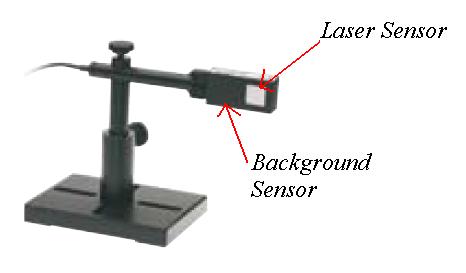
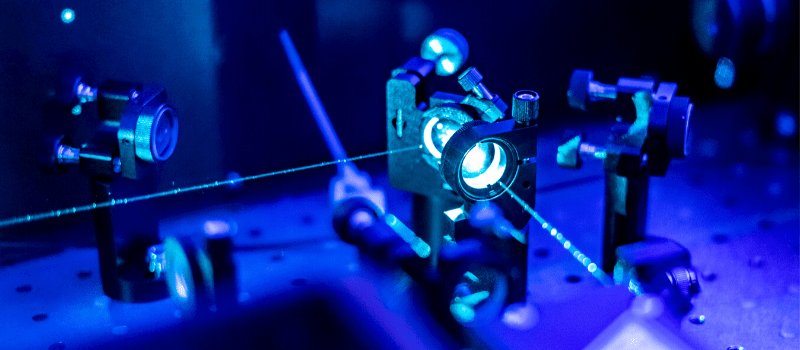



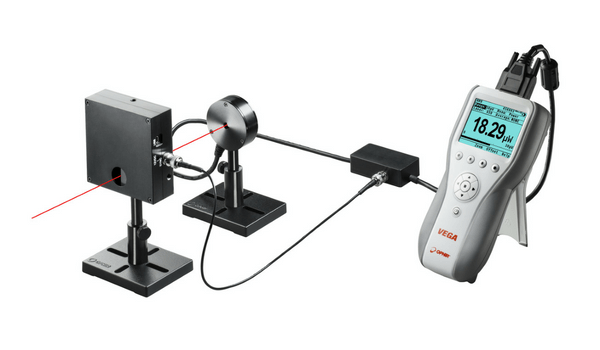
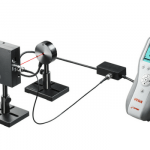
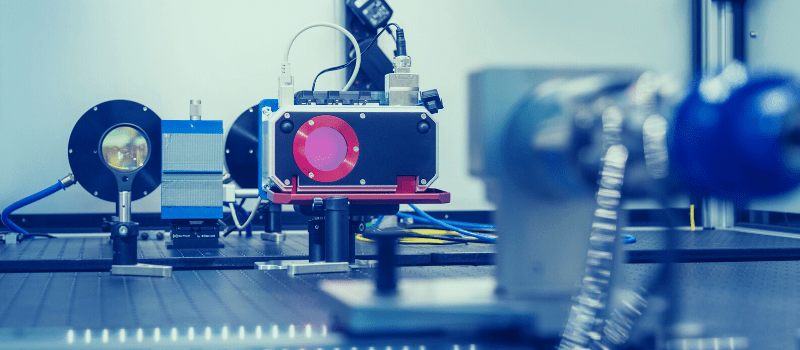
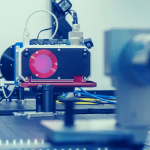
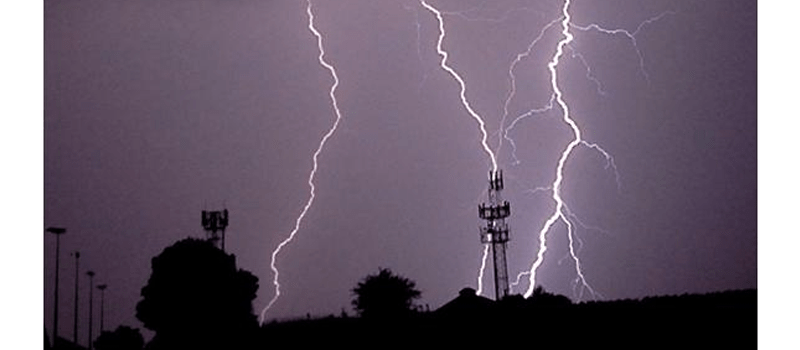
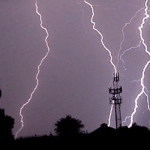


Leave a Reply
Your email address will not be published. Required fields are marked *